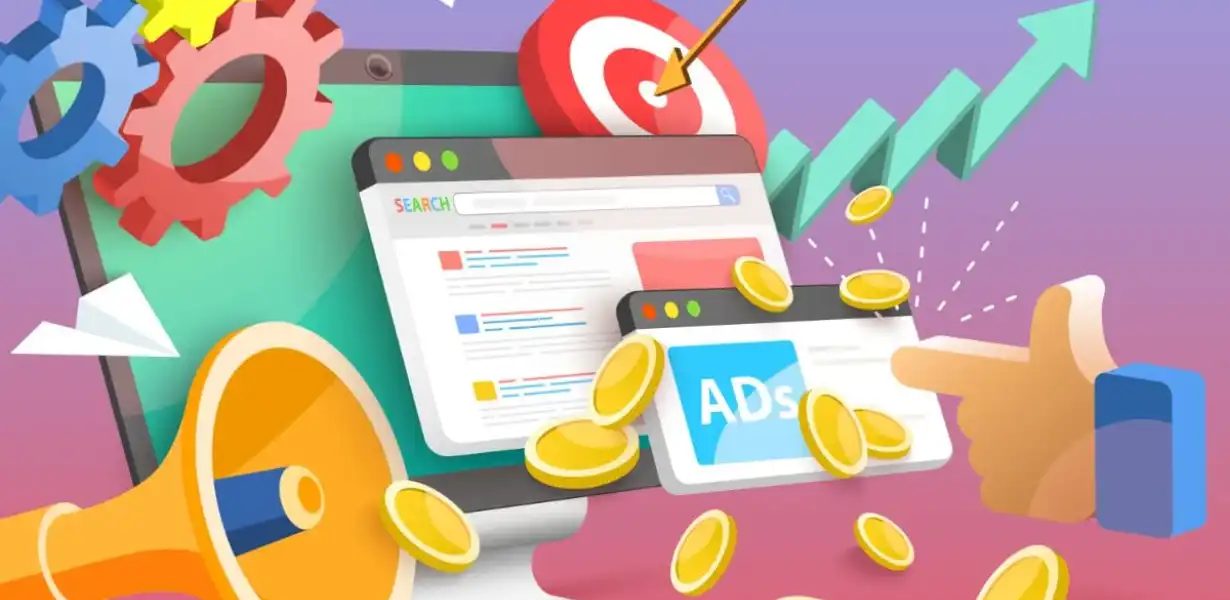
Redefining Ad Campaigns: The Future of Digital Marketing with Programmatic RTB
- Post
- August 9, 2023
- Ad Serving Tech, Programmatic RTB, Real-time Bidding
- 0 Comments
In the ever-evolving landscape of digital marketing, Programmatic Real-Time Bidding (RTB) stands as a game-changing force that is reshaping how ad campaigns are conceived, executed, and optimized. Gone are the days of traditional advertising methods. With Programmatic RTB, brands and advertisers are harnessing the power of data-driven decision-making to deliver targeted, personalized, and efficient ad experiences to their audiences. This article delves deep into the intricacies of Programmatic RTB, uncovering its mechanisms, advantages, challenges, and the profound impact it holds for the future of digital marketing.
Understanding Programmatic RTB: A Paradigm Shift in Advertising
Programmatic RTB represents the evolution of advertising technology, enabling the automated buying and selling of ad inventory in real-time auctions. Unlike traditional ad buying, which was manual and often resulted in inefficiencies, Programmatic RTB streamlines the process through algorithms and data analysis. It allows advertisers to bid on individual ad impressions, targeting specific audiences with precision. This automated approach enhances ad relevance, reduces wastage, and optimizes campaign performance.
The Inner Workings: How Programmatic RTB Operates
Programmatic RTB operates on a complex framework that executes within milliseconds whenever a user loads a webpage. Here’s a simplified breakdown of the process:
- User Visit: A user visits a website that has ad space available.
- Bid Request: The website sends out a bid request to multiple ad exchanges, including information about the user, the content, and the available ad space.
- Advertiser Bidding: Advertisers interested in reaching the user receive the bid request and analyze the user’s data and context. They then place bids based on their targeting criteria and budget.
- Real-Time Auction: The bids compete in a real-time auction, with the highest bidder winning the right to display their ad.
- Ad Display: The winning ad is instantly displayed to the user, all of this happening before the webpage finishes loading.
Advantages of Programmatic RTB
Programmatic RTB offers a plethora of benefits that are revolutionizing the digital advertising landscape:
- Precise Targeting: Advertisers can target specific demographics, interests, behaviors, and even real-time user data, resulting in higher engagement rates.
- Efficiency: Automation reduces manual work, minimizes errors, and optimizes ad delivery for better ROI.
- Data Utilization: The wealth of data available allows for data-driven decision-making, enhancing the effectiveness of campaigns.
- Personalization: Dynamic ad content can be tailored to each user, creating more relevant and engaging experiences.
- Real-time Optimization: Advertisers can adjust campaigns on-the-fly, reallocating budgets and refining targeting for maximum impact.
Challenges in Programmatic RTB Implementation
While Programmatic RTB holds immense promise, it comes with its set of challenges:
- Ad Fraud: The automated nature can attract fraudulent activities, leading to fake impressions and clicks.
- Privacy Concerns: The collection and utilization of user data raise privacy issues and regulatory concerns.
- Ad Quality: Rapid ad placement might compromise ad quality, affecting brand perception.
- Complex Ecosystem: The intricate web of exchanges, data providers, and technologies can be overwhelming.
Programmatic RTB and the Future of Digital Marketing
The future of digital marketing is intrinsically linked to Programmatic RTB. As technology advances, AI and machine learning will further refine audience targeting and campaign optimization. Brands will embrace more immersive formats like video and AR, delivered with precision through Programmatic RTB. However, maintaining a balance between data utilization and user privacy will remain a priority.
Final Words
In the ever-evolving realm of digital marketing, Programmatic RTB has emerged as the North Star guiding advertisers toward efficiency, relevance, and effectiveness. By automating ad buying and leveraging data insights, brands are empowered to engage their audiences in ways previously unimaginable. As the digital landscape continues to transform, Programmatic RTB stands as a cornerstone, shaping a future where every ad impression counts.
Commonly Asked Questions
Q1: What distinguishes Programmatic RTB from traditional ad buying?
Programmatic RTB automates the ad buying process, allowing real-time bidding on individual impressions. This contrasts with traditional methods, which were manual and lacked precision.
Q2: How does Programmatic RTB ensure ad relevance?
Through data analysis and targeting options, advertisers can tailor ads to specific demographics, interests, and behaviors, ensuring greater ad relevance and engagement.
Q3: Are there concerns about user privacy in Programmatic RTB?
Yes, the use of user data raises privacy concerns. Striking a balance between data-driven advertising and user privacy remains a challenge for the industry.
Q4: Can Programmatic RTB combat ad fraud effectively?
While Programmatic RTB has tools to combat ad fraud, it remains an ongoing challenge due to the dynamic nature of real-time auctions and automated processes.
Q5: What’s on the horizon for Programmatic RTB?
The future holds more AI-driven optimization, immersive ad formats, and improved cross-device targeting, all facilitated by the capabilities of Programmatic RTB.




